Rome in Midsummer with Longfellow
"Mighty is the spirit of the past, amid the ruins of the Eternal City!"
My Roman Empire is Longfellow.
Or at least one of them. Empires do come and go after all, like many things in life, including viral social media trends. Yet, I keep coming back to the American poet Henry Wadsworth Longfellow (1807-1882) – or he keeps coming back to me. It’s hard to tell. Over the last several years, we have become quite the travel companions. So it was no surprise when he decided to tag along on a trip to Rome earlier this month.
It all started when I tucked a small copy of Poems of Places dedicated to Italy into my backpack to take with me to Rome. Part of an anthology series edited Longfellow, the pretty little 1877 edition in the photo above was a birthday present this year. I love the just larger than palm size. It seems to say: Have poetry, will travel.
“I have always found the Poets my best travelling companions. They see many things that are invisible to common eyes.”
—Longfellow, from the Preface to Poems of Places
Later in his life, Longfellow spent the majority of his time working on his enormous Poems of Places anthology, which would eventually come in at 31 volumes, with over 4,000 poems (many translated by him) from all corners of the world.1 You might think a man so obsessed with collecting poems from around the world would have been a great traveler, but Longfellow was for much of his life more of a homebody. And with a massive collection of books in his personal library, he could, indeed, travel the world through reading and writing. Quite the polyglot, he was fluent in at least eight languages and could read and write four more.
This talent for picking up languages started at young age. After graduating in 1825 at only 18 years old from Bowdoin College, Longfellow set off on his first big trip to Europe. From 1826 to 1829, on his extensive Grand Tour through France, Spain, Italy, Germany, and England to study languages and literature. While traveling, he bought books for the Bowdoin College library and somehow managed to learn French, Italian, Spanish, Portuguese, and German along the way. Usually without any formal instruction. Oh how I would love to bring a language home as a souvenir!
On the train to Rome, I started thinking about Longfellow’s first book, Outre-Mer: A Pilgrimage Beyond the Sea, which was published between 1833 and 1834 (without his name) and then later in two volumes in 1835 by Harper & Brothers. While I hadn’t read much from this early book inspired by his first Grand Tour, I did recall that he had spent time in Rome. Curious, I popped over to Internet Archive—so much lighter than those trunks of books Longfellow sent back home—and in a matter of minutes was reading the 1935 edition of Outre-Mer as the train sped through the Italian countryside.
While I’d like to read the entire book one day, I decided that since it was a Frecciarossa fast train I’d better jump past his time in France and his long reverie about Spain and Spanish poetry to read about Italy. But, it has to be said that the young Longfellow was smitten with Spain – and in particular his landlord's daughter Florencia González. He stayed on in Spain for 8 months before reluctantly leaving for Italy. And when I say reluctantly, I really mean it. After just over a month in Italy, a forlorn Longfellow penned these lines to his mother:
“I must confess it, I am travelling through Italy without any enthusiasm, and with just curiosity enough to keep me awake. I feel no excitement, nothing of that romantic feeling which everybody else has, or pretends to have. The fact is, I am homesick for Spain. I want to go back there again. The recollection of it completely ruins Italy for me.”2
One never really gets over a first crush—or love or whatever it may have been—and Italy had some decidedly big shoes to fill. But for those of you who know Italy, it’s certainly not short on romantic appeal. While it took a little bit, Longfellow soon fell hard for the Italian language and spent a good deal of his life—and many many happy hours with his second wife Fanny Appleton—working on his English translation of The Divine Comedy. (The first complete translation by an American!)
But back to Outre-mer, where the last few chapters are dedicated to his time Italy. After leaving Spain he made his way into Italy with stops in Genoa, Lucca, and Pisa before settling in Florence for about a month. But it wasn’t until Rome that Italy really began to make much of an impression on Longfellow. It seems it was there that his love of the language—among other things—really began. Although he originally planned to be only a few weeks in Rome, he would end up staying nearly a year. When he later looked back on his time while writing Outre-mer, only highlights of this year in Rome would make it into the book. Yet, it’s still a fascinating look at the city through the eyes of an early 19th-century American traveler.
While he first arrived in Rome in January, Longfellow titled his chapter about Rome in Outre-mer as “Rome in Midsummer.” Now, I wouldn’t normally think of August as midsummer, especially since my birthday falls one day before the summer solstice and the traditional festivals that mark the middle of the season. So it was a surprise to me as I started reading the chapter to discover that the “Eternal City silent and deserted” he was describing was, in fact, Rome in August. There I was on the train to Rome reading Longfellow’s words at exactly the time he was describing nearly 200 years earlier. My interest was definitely piqued!
Longfellow took up residence with the Persiani family in their home on Piazza Navona. Sitting at their parlor window watching the busy scene in the square—“one of the largest and most magnificent squares of modern Rome”—the Eternal City started to work its magic. The place, the views, the history, and above all the language seem to have quickly replaced his longing for Spain – and the lovely Persiani daughters to talk to didn’t hurt either.3
“My mornings are spent in visiting the wonders of Rome; in studying the miracles of ancient and modern art, or in reading at the public libraries. We breakfast at noon, and dine at the aristocratic hour of eight in the evening. The intermediate hours I devote to the acquisition of the Italian language,—the idioma gentil sonante e puro [gentle, sonorous and pure language],—not from the lessons of a pragmatical language-master, but in the delightful intercourse of a pleasant family circle. After dinner comes the conversazione, enlivened with exquisite music, and the meeting of travellers, artists, and literary men from every quarter of the globe.”4
I have to say, it would be hard not to fall for Rome with that kind of entertainment and company. Young Longfellow’s visits to the “wonders of Rome” took him to see the tomb of the Sorrento-born 16th-century poet Torquato Tasso (“the laurel crown was prepared for the great epic poet of Italy”), watching the sunset from the Fontana dell'Acqua Paola, seeing where St. Peter was martyred at the Church of San Pietro in Montorio, visiting the Villa Doria Pamphili gardens, the Vatican, and many other sites.
On a sticky August morning during my time in Rome, I stood for a few moments looking at the long lines and crowds of tourists at the Colosseum from the Colle Oppio park. I wondered what Longfellow would make of the scene today. While he didn’t mention it, surely the sound of cicadas would have filled the August air just the same. From under the canopy shade of the umbrella pines, I watched as a couple of kids struggled to play basketball in the heat and looked over at a skate park that sat empty, baking under the summer sun. It was no wonder that when it came time for Longfellow to visit the Colosseum, he did it the classic Grand Tour way of visiting at night. He wrote in Outre-Mer:
“It is now past midnight. The moon is full and bright, and the shadows lie so dark and massive in the street that they seem a part of the walls that cast them. I have just returned from the Coliseum, whose ruins are so marvellously beautiful by moonlight. No stranger at Rome omits this midnight visit.”5
In August, I couldn’t imagine a better time to take a page out of the Grand Tour experience and visit the Colosseum at night. I noticed when I walked by one sweltering evening that on Tuesdays and Thursdays from 8 pm until midnight you can have A Night at the Colosseum. Maybe it’s my romantic heart, but one day I’d love to visit the Colosseum at night too.
One thing is for sure, if you’re not at risk of melting into a puddle, it is significantly easier to channel Longfellow’s final words about Rome: “Mighty is the spirit of the past, amid the ruins of the Eternal City!”6
There is, however, one Grand Tour experience Longfellow had that’s no longer possible: the Piazza Navona Lake. If you’ve strolled through the beautiful Piazza Navona and admired Bernini’s Fontana dei Quattro Fiumi, you are probably thinking, “Wait did you just say lake?” One of the passages I enjoyed most from Outre-mer was his description of one of the most unexpected views he had from the Persiani windows overlooking Piazza Navona:
“Every Saturday afternoon in the sultry month of August, this spacious square is converted into a lake, by stopping the conduit-pipes which carry off the water of the fountains. Coaches, landaus, and vehicles of every description, axle-deep, drive to and-fro across the mimic lake; a dense crowd gathers around its margin, and a thousand tricks excite the loud laughter of the idle populace.
Here is a fellow groping with a stick after his seafaring hat; there another splashing in the water in pursuit of a mischievous spaniel, that has swum away with his shoe; while from a neighbouring balcony a noisy burst of military music fills the air, and gives fresh animation to the scene of mirth. This is one of the popular festivals of midsummer in Rome, and the merriest of them all. It is a kind of carnival unmasked ; and many a popular bard, many a poeta di dozzina, invokes this day the plebeian muse of the market-place to sing in high-sounding rhyme, ‘II Lago di Piazza Navona.’”7
—Historic image of Piazza Navona flooded in 1865. (Italienischer Photograph um 1865, Public domain, via Wikimedia Commons)
Of all the things I could have possibly imagined Longfellow would have been looking at in Piazza Navona, Romans doing what sounds like it can only be described as frolicking in an artificial lake would not ever have made it on that list. But what he describes was a popular August event that started in the 17th century under Pope Innocent X. You can read more about it—and see more great photos—over on Crytal King’s Substack Tasting Life Twice:
While Outre-mer kept me company on the train ride up, I enjoyed dipping in and out of the little Poems of Places book during my few days in Rome. There’s a beautiful poem by Harriet Beecher Stowe about the Villa Doria Pamphili and I read Byron’s poem about being in the Colosseum at night, as well. And I smiled when I saw that Longfellow—who could generally always be counted on to be the bigger man—included a poem called The Coliseum by Edgar Allan Poe, who was, to put it nicely, a jerk to Longfellow during his lifetime.
If you’re curious to read more poems from Longfellow’s anthology, all 31 volumes of the Poems of Places are on Bartleby. While the digital version is easy to take around in your pocket, see if you can track down even one of the old volumes. It won’t take up much space in your bag, and Longfellow was right. Poets really do make the best traveling companions.
“But I assure you, there is something in the ruins of Old Rome, which is grand and beautiful beyond conception; and the effect it produces on you is almost delirious.”
—Longfellow, Letter to his sisters from Italy, September 1, 1828
Rome in Midsummer (Laura’s Version)
But, thankfully, there’s still plenty to do in Rome inside during the hottest days of the year – without the need for artificial lakes. Namely, museums. So many museums! Even after quite a few visits to Rome over the years, I’ve only made a small dent in the museums. My version of Longfellow’s lines for a heatwave in August would be: “Mighty is the spirit of the past, amid the museums of the Eternal City!”
While in Rome, I saw the Franco Fontana Retrospective at the Museo dell’Ara Pacis (on until September 14, 2025). Years ago I saw some photographs of Italy that made me feel like home. It was the rolling hills of the southern Italian countryside depicted in intense blues and yellows and greens – the perfect geometry of landscape. These were taken by the Italian photographer Franco Fontana (1933-), whose photos make me feel both calm and deeply happy at the same time.
While I’ve looked at his photos so many times in books, there’s nothing quite like standing in front of them at the scale he intended them to be seen. Some so much smaller than I imagined and others so large you could get lost in them, but each one distinctly Fontana.
There’s something so spacious and refreshing about his photographs, especially on a hot day. And to see them while just upstairs sits the Ara Pacis and across the street is the Mausoleum of Augustus – mighty is the spirit of the past indeed!
Know someone who loves the Amalfi Coast? Share Ciao Amalfi with them by clicking below. Grazie mille!
Find more on www.ciaoamalfi.com. The Ciao Amalfi newsletter may contain affiliate links.
Christian Y. Dupont, “Longfellow’s Florence” International Journal of Cross-cultural Studies and Environmental Communication Vol. 4, Issue 1 (2015): 73, https://crossculturenvironment.wordpress.com/wp-content/uploads/2015/08/art-5.pdf.
Longfellow, letter to Zilpah Longfellow, 23 January 1828, in Longfellow, The Letters of Henry Wadsworth Longfellow, Volume I: 1814–1836: 255.
Nicholas Basbanes, Cross of Snow: A Life of Henry Wadsworth Longfellow (Alfred A. Knopf, 2020), Chapter 2: Awakening.
Longfellow, Outre-mer: A Pilgrimage Beyond the Sea, Volume 2 (Harper & Brothers, 1835), 153.
Longfellow, Outre-mer, 168-9.
Longfellow, Outre-mer, 172.
Longfellow, Outre-mer, 155.



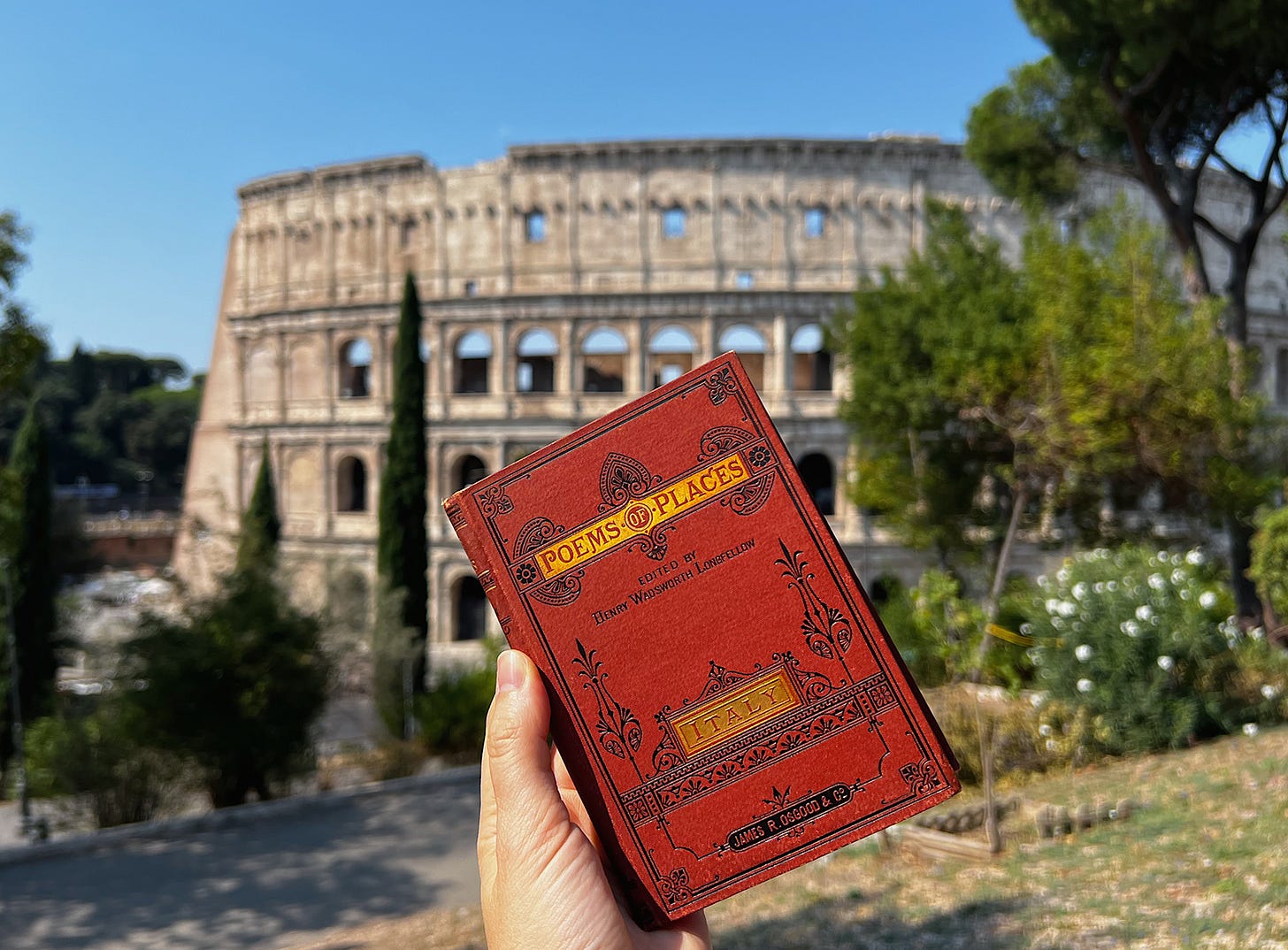
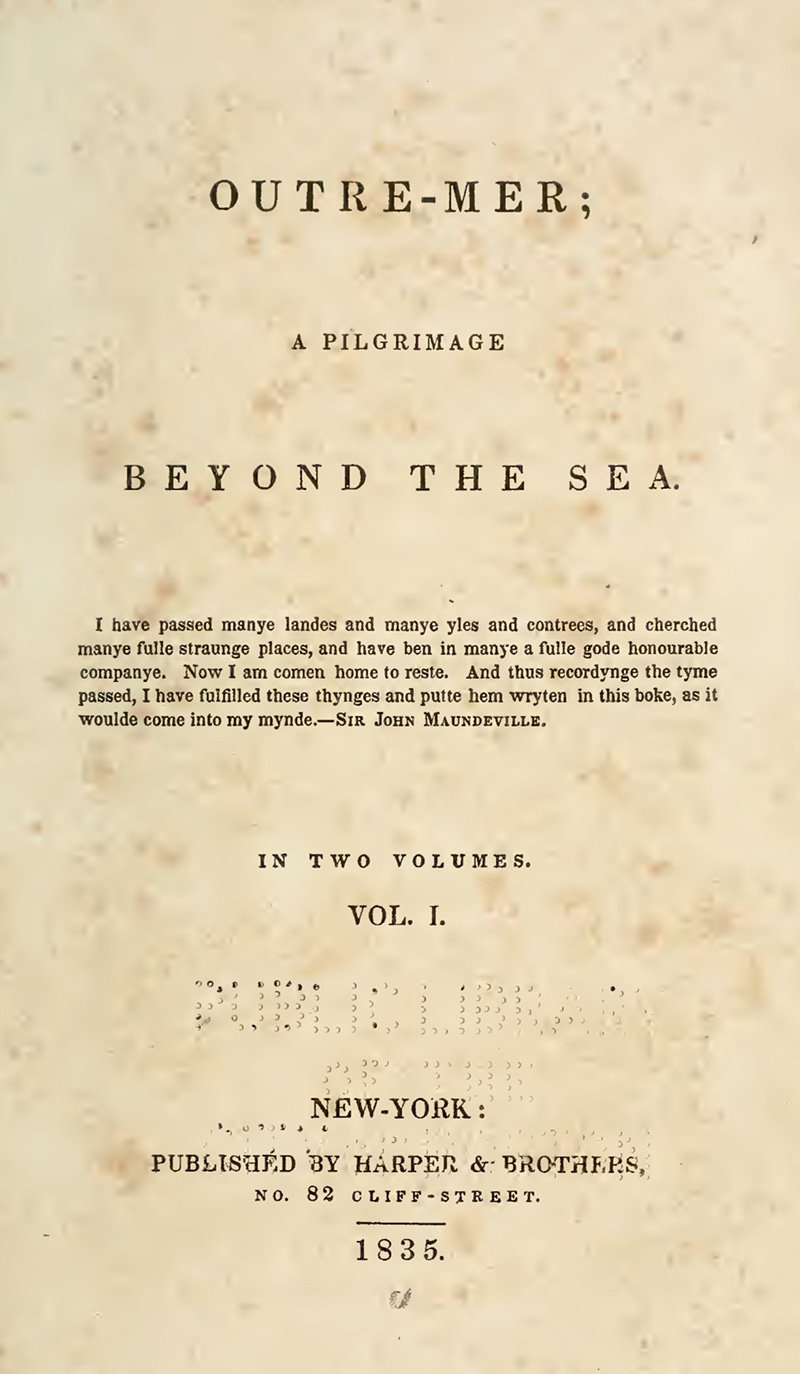
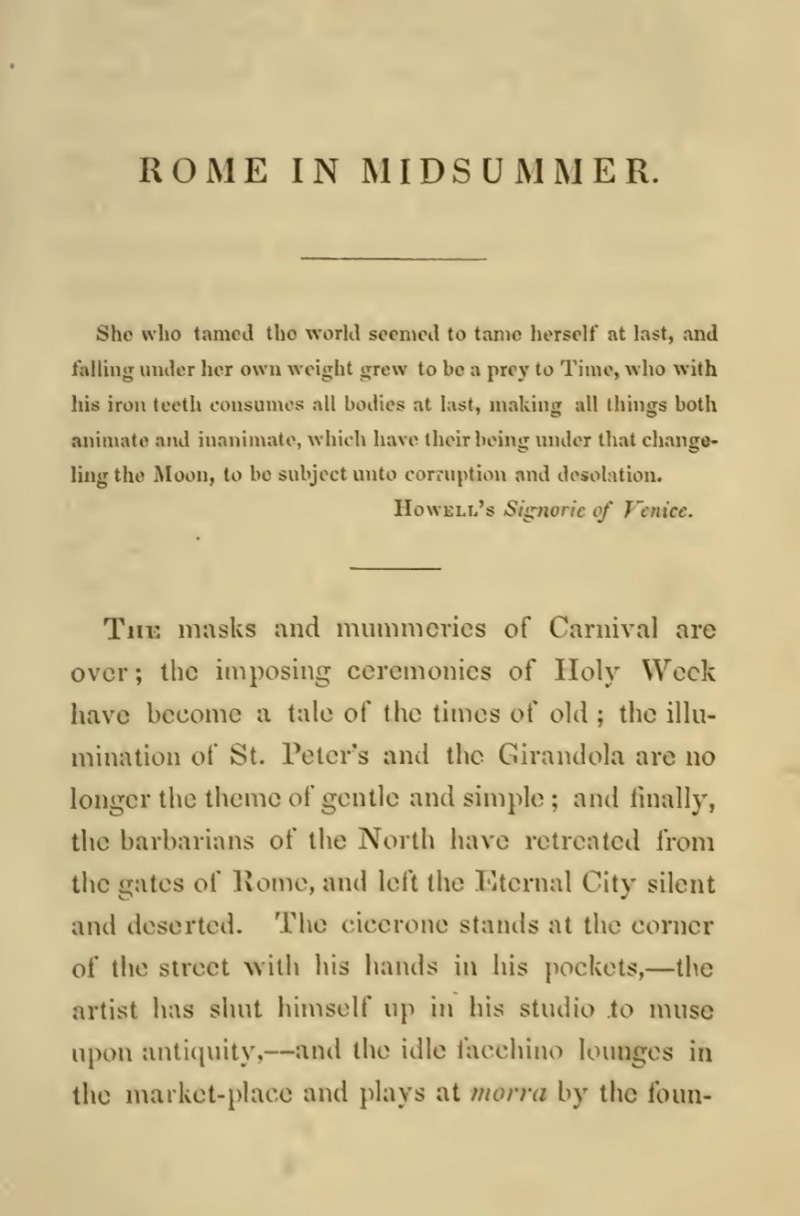
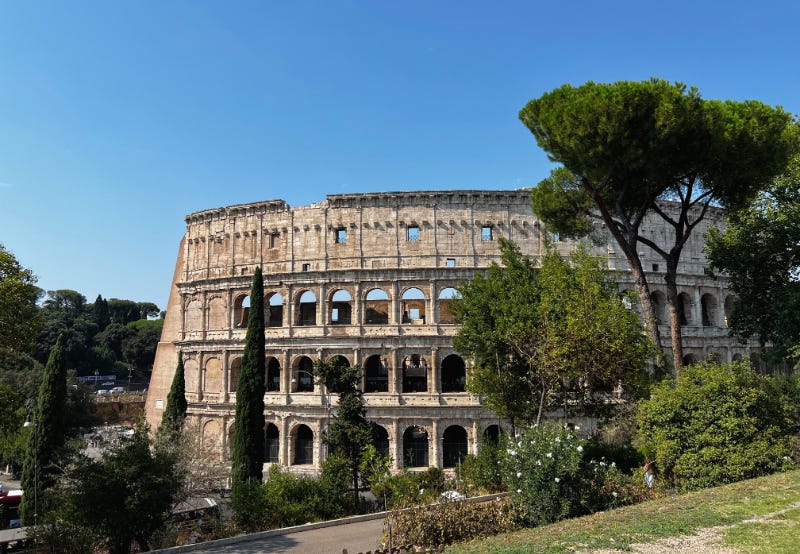
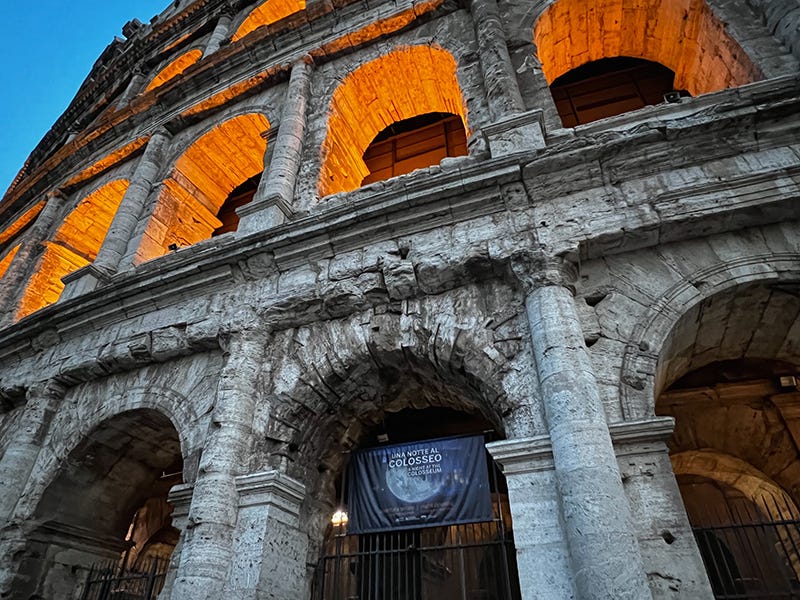
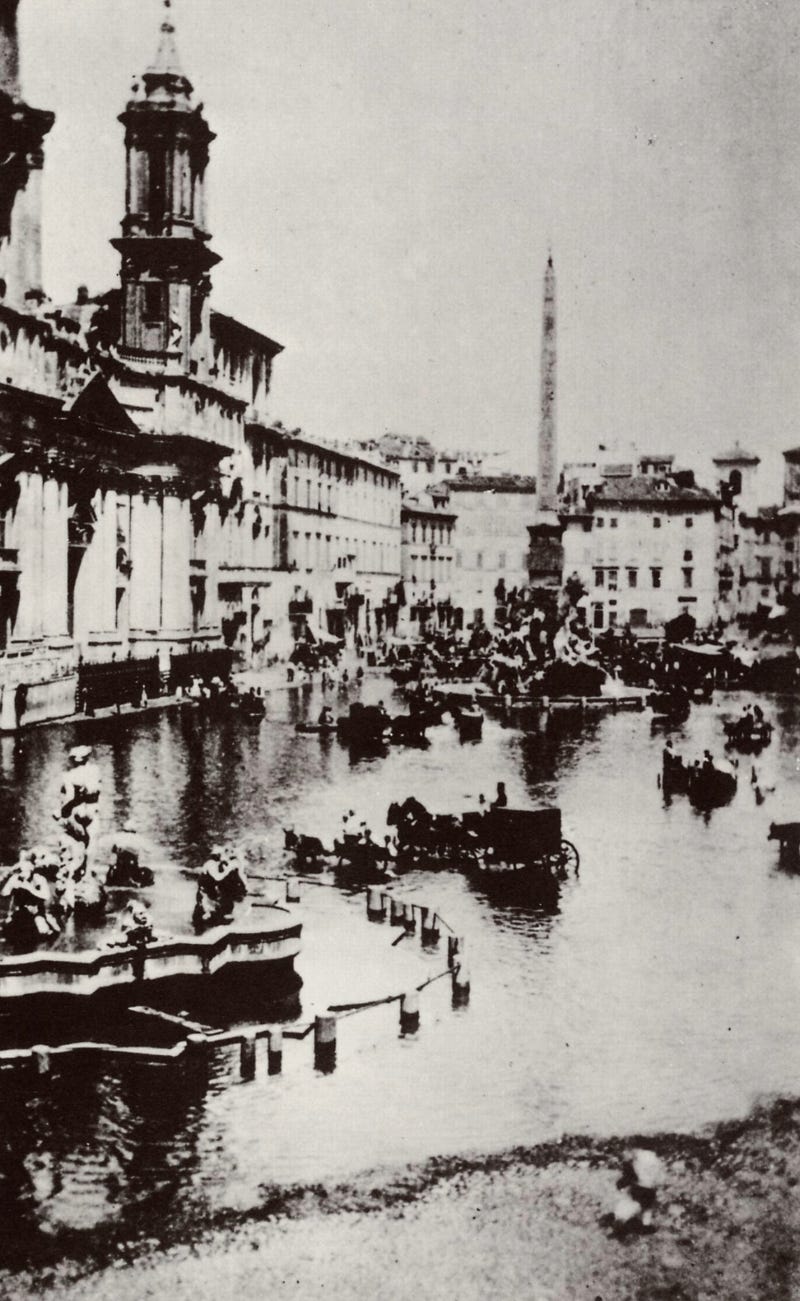



This is such a beautiful piece.
Gosh, this was fabulous! An unexpected history and literature mini-lesson tucked in to your sun-drenched musings. Always a delight...and today a surprise, as well. Thanks so much!